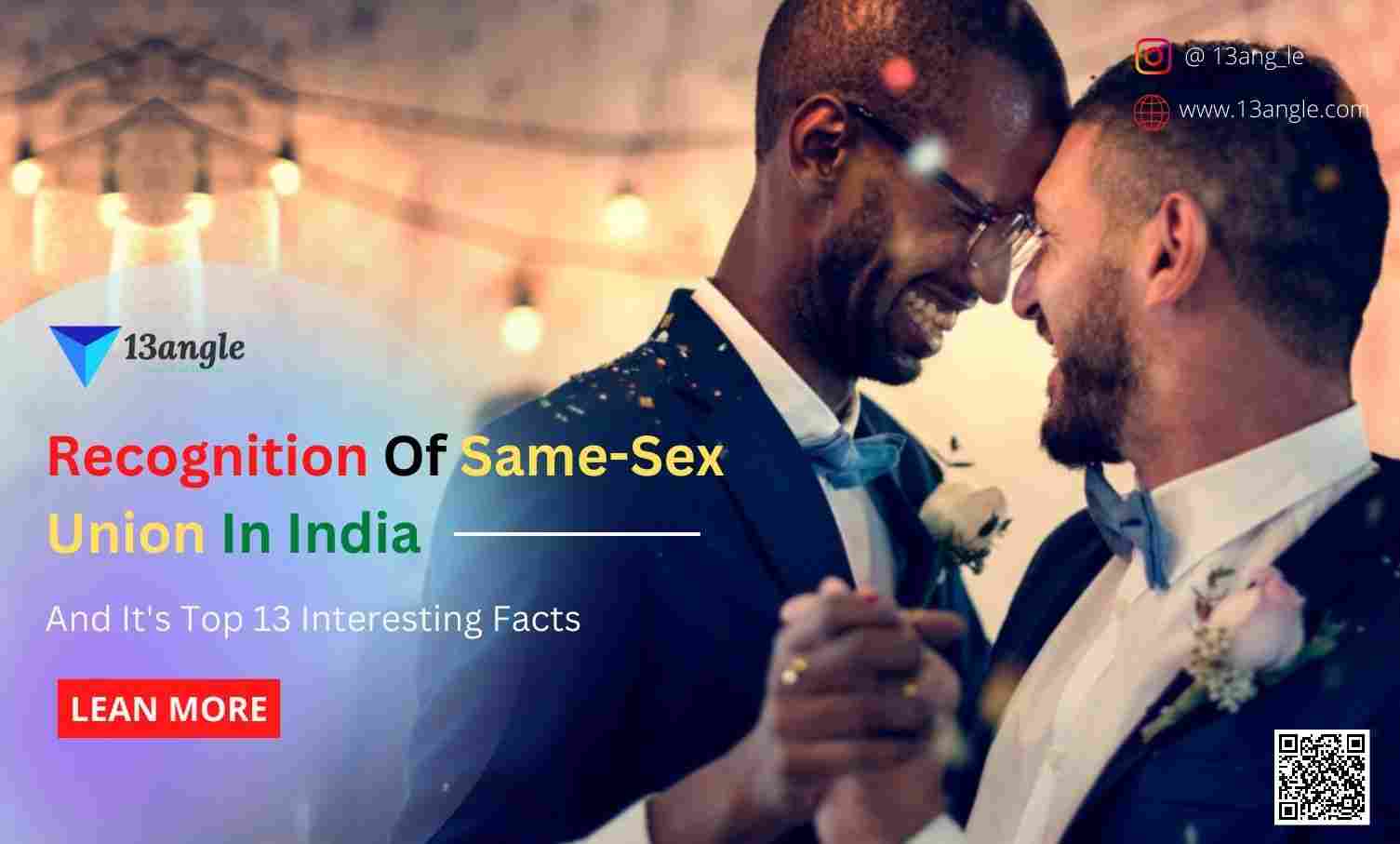- Umang Sagar
- Law, Recent article
Recognition Of Same-Sex Union In India
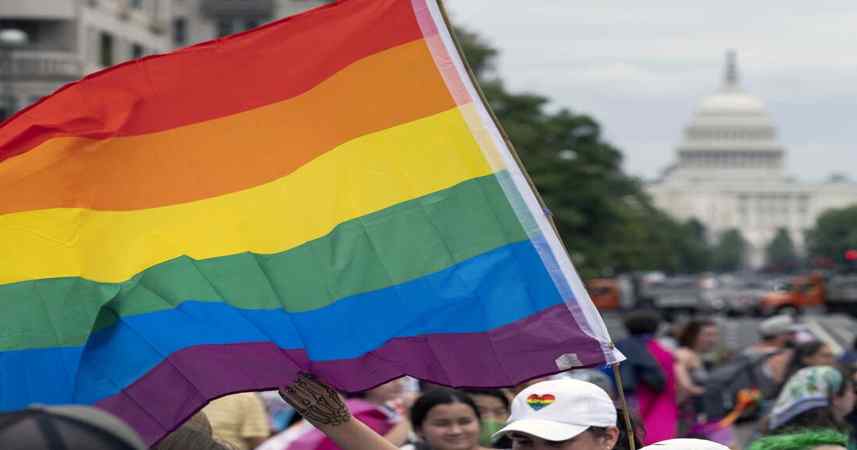
Introduction
Marriage is a common cultural relationship that is only known as male-female, although most of the marriage laws use gender-neutral terminology. Whereas there have only lately been many instances of the acceptability of homosexual marriages, culture is slowly becoming indulgent. This reform is also mirrored in Navtej Singh v. Union of India, where Section 377 of the IPC was struck down by the Supreme Court.
However, several states have maintained their constitutional restrictions on homosexual marriages despite numerous protests from individuals and groups who argue that same-sex marriage must be permitted. Additionally, same-sex partnerships are not legally recognized in many nations, including India. As a result, homosexual couples, regardless of their relationship length, are denied many of the legal and financial benefits that come automatically with marital status.
These include employment opportunities, the ability to file joint tax returns, health benefits, and rights resulting from a partner’s death, such as international inheritance, etc. They may also be especially pertinent considering the AIDS pandemic. Patriarchal de facto marriages are backed by all these benefits in general culture, but gay people cannot take advantage of them.
The word “LGBTQ” refers to a broad range of individuals who do not fit into the heteronormative conception of gender and sex. Since there is no definitive definition for the term, the abbreviation is frequently used with a plus symbol (+) to indicate that the collective is not all-inclusive. However, the phrase refers to people who are lesbian, gay, bisexual, transgender, and queer. It refers to both gender and sexuality. As opposed to transgender, which is a gender that does not identify with the binary of male and female, gay, lesbian, and bisexual are sexual preferences of people. The word “queer” is frequently used to describe a group’s “queerness.” The phrase includes other concepts like intersex, asexuality, etc. It is a complicated concept that calls for knowledge of gender and sexuality as aspects of the human experience. This group questions the heteronormative standards that have been the norm and work to define their own identities across the gender and sexuality spectrum.
History
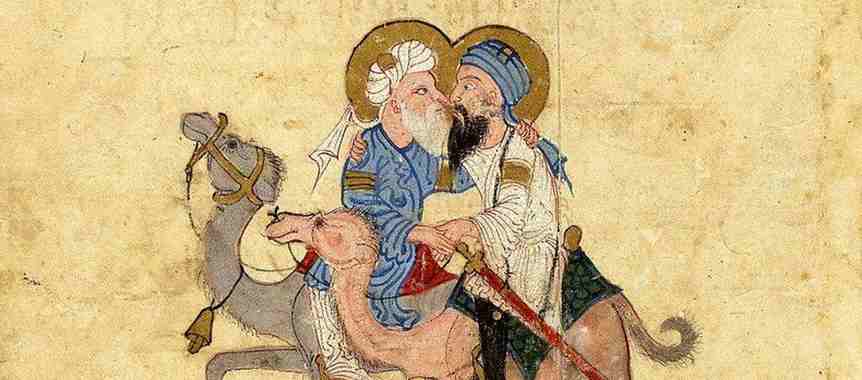
India has a long history of homosexuality, as evidenced by numerous ancient writings. A feminine realm of play and fertility is depicted in the Rig Veda and other ancient texts, as well as in statues and artefacts dating to around 1500 BC. Some of the documented evidence of homosexuality throughout the Muslim Middle Ages, as well as the documentation of sodomy among Tantric Rit couples, includes photographs of gay practices in the Kamasutra and of young boys kept by Muslim nawabs and Hindu lords.
But these encounters began to lose significance with the rise of Vedic Brahmanism and then British colonization. According to Giti, the patriarchy’s rising dominance started to tame homosexuality at the time of the Aryan invasion in 1500 B.C. The Manusmriti makes mention of punishments like caste loss, hefty fines, and whippings for homosexual and lesbian activity.
For married ladies, it is a reminder that the “waiting of maids” will result in a woman having her head shaved, her fingertips clipped, and finally a donkey being paraded. Manu’s harsh punishments for married women show that such relationships are widespread among married women and that single women are more tolerant.
In either scenario, these examples highlight the inconsistencies in the Brahmanical Party’s mandated heterosexuality. All cultural systems coexisted before British colonization became more systemic and obvious in its repression of gay images and of sexual identity in general due to differences in perceived temperament and egalitarianism. Explicit sex images are “pornographic and evil” according to Victoria and homophobic prudish values.
Following colonial development, the western frame of mind has strongly influenced reproductive expectations of sexuality. Responses to any sort of “unnatural” sexual behavior can be traced back to such Victorian values and practices that have been sequentially translated into the clarification of imperial sexual behavior.
India believed that the Western understanding of “moral and psychological” sexuality was “pathological” rather than the natural displays of desire that were once a part of Indian society.
The concept of homosexuality has changed dramatically during the past century. After 1974, homosexuality was no longer considered an irregular behavior and was therefore not included in the classification of psychiatric illnesses. In 2018, this was also made less of a crime in several countries, including India.
Same-Sex Marriage
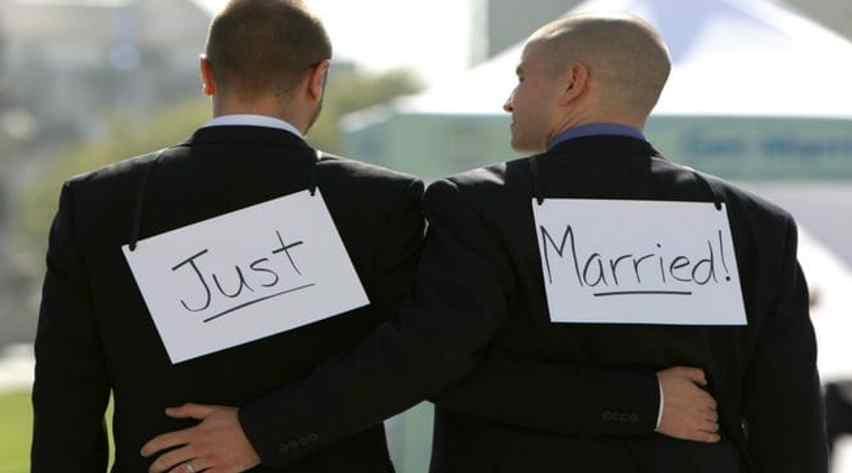
Various countries around the world are in different circumstances regarding same-sex marriage and homosexuality. While several nations are quite welcoming of these unions and officially permit same-sex marriages, many others are very against homosexuality and even view it as a crime. Public authorities take separate stances from LGBT organizations when addressing the subject.
Sometimes they openly advocate the practice, and other times they favor its legal recognition claiming it will prevent hatred towards people of the same gender. In other situations, they choose to grant moral parity to legally recognized gay unions and grant children the same right to adoption. As a result, homosexual activity has been made legal in an increasing number of states worldwide.
Despite the various arguments made by organizations and individuals that such laws are out of date and should be repealed, many countries continue to have laws that forbid gay activity.
However, there has been a major change in how homosexuality is defined during the past century. Since 1974, homosexuality has no longer been classified as an aberrant behavior and is not a mental disease. Since then, other countries have decriminalized homosexuality. To protect homosexual rights, numerous nations throughout the world have enacted anti-discrimination laws and policies.
In the late 1990s and early 2000s, restrictions on and laws prohibiting homosexual marriage sparked controversy all around the world. presently in 25 nations, including Canada, the Netherlands, and Belgium. Same-sex marriage is legal in Germany, South Africa, and Brazil. This means that 155 million people, or roughly 2.5% of the world’s population, reside in regions where homosexual marriage is legal.
Most civil partnerships and other formal forms of giving same-sex partners acceptance are practiced in Australia, Denmark, Finland, France, Switzerland, Greenland, Israel, New Zealand, Norway, Portugal, Slovenia, Sweden, and the United Kingdom, though no privileges of civil marriage are granted. Regions of Australia and several American territories grant civil unions certain privileges and obligations.
Activities like Brisbane’s Mardi Gras, Sydney’s Midsummer, Johannesburg’s Gay and Lesbian Pride, Greece’s Women’s Holiday Week, and the Lisbon homosexual and lesbian festival frequently highlight the significance. In many countries, homosexual relationships are accepted socially, politically, and legally.
Despite being a heinous crime in more than 70 countries, homosexuality is also punishable by death in Afghanistan, Mauritania, Iran, Nigeria, Pakistan, Saudi Arabia, Sudan, the United Arab Emirates, and Yemen, as well as by life in prison in Burma, Bhutan, Georgia, Indonesia, the Maldives, Singapore, the United Kingdom of Great Britain and Northern Ireland, and Yemen. The legal status of homosexuals varies significantly from nation to nation. For instance, unless the participants are 21 years old and the marriage is private, homosexual sodomy weddings between adults with consent are not prohibited in England.
Same-Sex Marriage Under Personal Law
Marriage and personal relationships play a major role in Indian culture and society. What is known as a sacrament has divine roles as its core component. It clarifies the many contexts in which lesbian couples cohabitate, including the conduct of church rituals and, in some cases, the feast exchange of shrines.
As an illustration, two policewomen were married in 1988 in a Hindu ceremony. Although their union could not be legally recognized and even their jobs were terminated, their families and cultures were in favour of it. Interesting homosexual relationships exist between English-speaking residents and non-LGBT people who are not affiliated with the LGBT movement.
The correct course of action in this situation is for Indian personal marriage legislation to accept same-sex unions. The laws of Hindu marriage, which include Catholics, Sikhs, Jain, and Buddhists, say that marriage will take place between two Catholics in nature, in connection with birth. This is true of Indian Christians, Muslims, and Hindus. Arvind Narrain adds that the father must be at least 80 years old and that the woman must be 21.
According to the Christian Marriage Act, a woman must be 20 years old and a man must be 18 years old. There is no official definition of “marriage” in Islam because it is irrelevant what status Muslim relationships have, but procreation-related requirements are frequently acknowledged.
Either of the following approaches can be utilized to get same-sex weddings recognized under Hindu personal law:
Interpreting the current legislation to legalize partnership unions of the same genders lawfully.
Defining the LGBT culture as a separate category and whose practices provide for friendship with the same genders.
To legalize marriages between the same genders, perusing the Hindu Marriage Act of 1956 was on the basis that it was somehow unconstitutional.
Amending the Act to allow same-sex marriages
It might be argued that same-sex relationships are solemnized by law because the rule is gender neutral and the word “wedding” does not apply unless one of the partners is a woman and the other is a man. Couples of lesbians attempted to achieve it. The bride is both one of the wives and the other wife. This claim cannot be supported by substantive law since it narrows the application of the law and goes against the common understanding of the terms “engagement,” “mother,” and “engagement.”
Additionally, it appears that the concept homogenizes traditional marriages and partnerships between people of the same gender.
The idea that only people of the same sex should adopt traditional roles in order to maintain a romantic relationship and increase the likelihood that they will get married is upholding traditional suppressive assumptions about gender, the idea that races are naturally distinct, the idea that two people have pre-established positions in the family, and the idea that races are naturally distinct.

It’s important to keep in mind that the LGBT culture has its own traditions and customs. In Tamil Nadu, the Arya Samaj and the self-respecting anti-Brahmin struggle to establish their own wedding traditions. The marriages of self-respect did not create the Hindu scriptures, but the Arya Samaj did at its wedding ritual.
However, all of these unions were recognized after Tamil Nadu amended the Act by introducing Section 7-A to recognize unions based on self-respect. The LGBTQ community should respect this law as well as a conventional norm in marriage. The problem is that LGBT leaders have distinct personal norms and adhere to different customs and practices. They do not share the same goal to alter the Hindu marriage ceremony, in contrast to the Arya Samaj, or anti-Brahmin adherents.
The third option is to advocate for the Hindu and Christian patriotic liberties statute to be construed in a way that recognizes gay marriages because the laws against these unions will make them illegal and because prejudice based on sexual identity needs to be eliminated. The third option will require allowing the judiciary to interpret them.
To the issues of these three strategies, both personal laws are equally applicable.
One will end up attempting to amend specific legislation via regulation because there doesn’t seem to be any other feasible answer. The most effective strategy is frequently the hardest to implement in practice. That will be very problematic because a sizable portion of society is hostile to LGBTQ culture. It would also be viewed as interfering with the activities and traditions of religious organizations. Even while it supports a strategy like this, a contentious regulatory change is not the government’s priority.
Same-Sex Under Special Marriage Act

Attempting to amend the Special Marriage Act of 1954 to permit same-sex marriages is another strategy to avoid raising moral objections. The SMA is a lay law that facilitates marriage between individuals of many religions or who do not want their own laws to be constrained. Instead of a religious ceremony, the marriage official registers the engagement. The SMA now stipulates that the men must be 21 years old and the women must be 18 years old, which appears to exclusively apply to heterosexual couples.
However, it is not impossible for the SMA system to allow same-sex unions. Only the age limit in Section 4(c) should be amended to 18 for females and 21, respectively, to specifically state that same-sex marriage is legal. Section 4(c) must only be changed, though. Even if personal laws were altered to recognize same-sex weddings, the SMA should be changed in each circumstance to grant equal approval to partnerships between people of different faiths.
Although an amendment is the greatest option legally, it might still be difficult now that the BJP is in power. While the congress and the CPI(M) had decriminalization on their Lok Sabha election manifestos, a party leader who believes that homosexuality is wrong, the BJP openly endorsed the decision.
Although the proposed modifications are simple to understand and cannot be alleged to restrict religious freedom, they are certain to encounter loud criticism. The SMA provision would be the same as those put out in other nations to sanction same-sex unions. 25 nations have now adopted these regulations, starting with the Netherlands in 2000 and ending with the UK and the USA in 2015.
Important Supreme Court Decisions
Shafin Jahan v. Asokan K.M. and others (2018): Marriage as a Fundamental Right.
The Supreme Court ruled that the freedom to marry a partner of one’s choosing is a fundamental component of Article 21 of the Constitution, citing both the Puttaswamy case and Article 16 of the Universal Declaration of Human Rights.
According to Article 16(2) of the Indian Constitution, discrimination cannot be based only on a person’s race, caste, sex, ancestry, place of birth, or domicile.
The freedom that the Constitution protects as a fundamental right, which is each person’s right to make decisions that are important to their pursuit of happiness, is inextricably linked to the right to marry. The fundamental right guaranteed by the constitution is the freedom of religion and belief, including the decision to believe.
In Navjet Singh Johar and others v. Union of India in 2018, it was argued that the LGBTQ community was entitled to all constitutional rights.
LGBTQ individuals “are entitled, as all other citizens, to the full spectrum of fundamental rights, including the liberties protected by the Constitution,” as well as to equal citizenship and “equal protection of the law,” according to the Supreme Court.
Legal Situation
- Different rules that are specific to the nation’s religious communities govern marriage in India; all only allow marriages between male and female partners. The Supreme Court has largely been responsible for the expansion of LGBTQ people’s legal rights in India over the past ten years.
It established the foundation in 2014 by recognizing non-binary or transgender people as a “third gender”
In 2017, it strengthened the right to privacy and acknowledged that a person’s sexual orientation is a crucial component of their privacy and dignity.
In 2018, it decriminalized homosexual sex, repealing legislation from the British colonial era, and it strengthened LGBTQ people’s constitutional rights.
The court established safeguards for “atypical” households last year. It’s a broad group that encompasses same-sex couples as well as single parents, blended families, and kinship relationships. According to the court, such non-traditional family formations are equally entitled to benefits under various social welfare laws.
Issues With Such Marriages
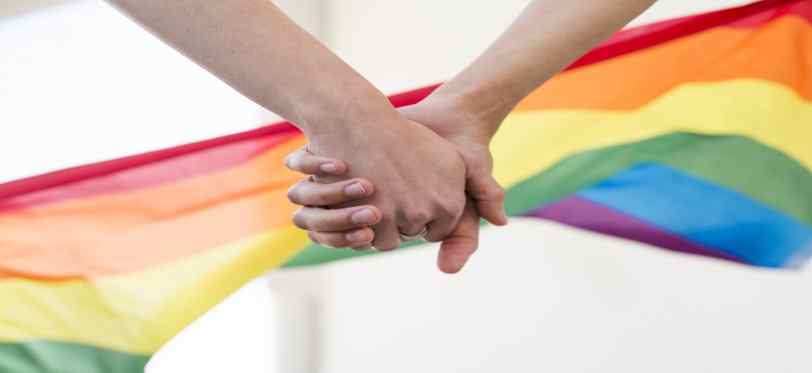
The following are the primary reasons why the subject of homosexual behavior has recently come up in legal and political discussion:
Morality: This has caused a shift in social attitudes, and as a result, the shame associated with homosexuality has mostly vanished.
Rising activism: Support for gay and lesbian rights has become more extreme, calling for an end to all forms of prejudice against homosexuality.
Religious penalties: In Arab nations, same-sex actions are punishable by death. No religion outright supports same-sex unions. They are often regarded as being unnatural everywhere.
In addition to the difficult legal environment, homosexuals also experience social stigma. Marriages between people of the same sex are still unthinkable since such relationships arouse contempt and hostility.
Patriarchy: It is important to remember that Indian society is patriarchal and that some women and men find it frightening when their choices differ from those that are accepted by the ‘order’.
The burden of collectivity: Because of how much our society values community and discourages individualism, every expression of homosexuality is interpreted as an effort to reject tradition and advance individualism.
Conclusion
The general discussion surrounding same-sex marriage should determine whether it should be permitted or not. It is a religious discussion rather than a democratic one. The ultimate conclusion that I have reached after researching all the arguments in favor of and against same-sex marriage is that homosexuality is not wrong; it is simply a means of pursuing love, pursuing physical gratification, or pursuing lust or satisfaction.
I am unable to think of any rationale, aside from the obvious harm caused by limiting two gay men to a civil ceremony that grants them the same protections and rights as heterosexual couples. A loving shoe that declares the world’s affection is a promise of love. How does this undermine the principles of marriage, whether two men or two women want to declare their love and devotion to one another? I suppose that there is a strong showing of enthusiasm and devotion.
In our society, homosexuals have been stigmatized as unnatural. However, neither modern nor foreign to Indian culture, nor has it ever been, generally and with far less movement. The greatest strategy for tackling homosexual unions is extensive and intricate.
Top 13 Interesting Facts About Same-Sex Marriage
This is the eighth year since same-sex marriages have been possible and around one in 35 marriages are now among same-sex couples. Just shy of 7,000 same-sex couples tied the knot in 2018 according to the Office of National Statistics.
The introduction of civil partnerships in December 2005 saw huge numbers of same-sex couples rushing to become civil partners
Today, there are just over 1,000 civil partnerships a year as marriage is now the preferred union for same-sex couples.
The couples most likely to choose to form a civil partnership are male or over 50.
Nearly two-thirds of all civil partnerships formed in 2018 were between men, and more than one in five of those entering a civil partnership were aged 65 or older.
In 2018, religious ceremonies accounted for only 0.9% of same-sex marriages, compared to 21% of opposite-sex marriages.
Data from the wedding website Confetti.com suggests that couples are spending a long time getting to know each before tying the knot.
In 2019, 43% of same-sex couples had been together for between four and seven years before they married, and 34% had been together for one to three years.
The data for divorce rates in the first few years from inception is relatively low but in 2020, divorces among same-sex couples soared by an eye-watering 40.4% from 2019. By contrast, the divorce rate among opposite-sex couples was down by 4.5% over the same period.
In 2019, women made up 56% of same-sex weddings, but 72% of same-sex divorces involved two women. Since same-sex divorce became legal in 2015, female couples have consistently made up most divorce cases (the one-year bar still applies to same-sex couples).
In 2020, male and female couples’ average marriages lasted 5.4 and 4.7 years, respectively, compared to 4.1 and 4.3 years, respectively, in 2019. These brief periods highlight the fact that same-sex unions have only been legal since March 2014; the first batch of diamond wedding anniversaries won’t be celebrated until 2074!
Unreasonable behavior – which can include adultery – is the most common reason for divorce among same-sex couples
It’s good to be reminded that divorce is not the most likely outcome for same-sex marriage. While divorce rates vary depending on how long a couple has been married, overall fewer than one in five same-sex marriages are ending in divorce.



